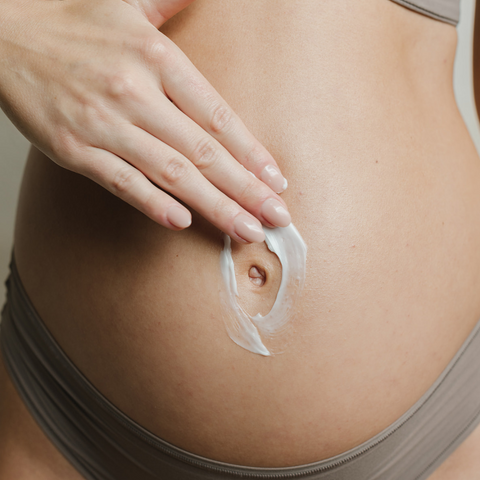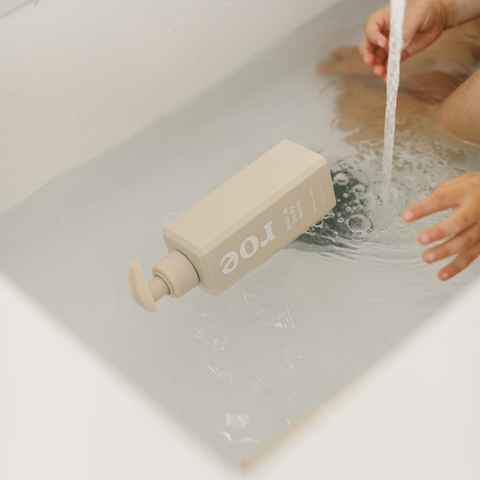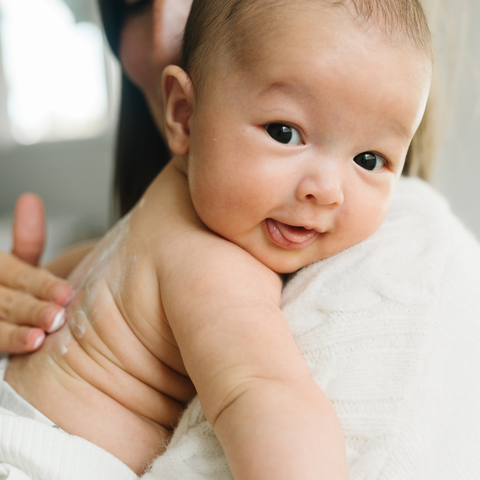How can I protect my child from the sun younger than six months?

Ways to protect your child from harmful UV rays:
- Umbrellas
- Strollers with a sun shade
- Sun hats
- Full-coverage clothing, less porous in texture sunglasses
- Sitting under a tree
- Outdoor tents for kids
- Shaded playpens
- Staying in during the peak hours of UV rays
- Consideration of rising temperatures

Is 30 SPF protective enough for my child?

Is it better to keep my child away from the sun altogether?

Our SPF 30 Mineral Sunscreen is intended for everyday use. Snag it on our website to get a head start on your child's skincare routine! Implementing our sunscreen into your little one's daily skincare routine will help prevent long-term damage from the sun's UVA/B rays.
1-Jindal AK, Gupta A, Vinay K, Bishnoi A. Sun Exposure in Children: Balancing the Benefits and Harms. Indian Dermatol Online J. 2020 Jan 13;11(1):94-98. doi: 10.4103/idoj.IDOJ_206_19. PMID: 32055519; PMCID: PMC7001416.2-Sander, Megan et al. "The efficacy and safety of sunscreen use for the prevention of skin cancer." CMAJ : Canadian Medical Association journal = journal de l'Association medicale canadienne vol. 192,50 (2020): E1802-E1808. doi:10.1503/cmaj.2010853-Creative, Bam. "What's the Difference between SPF30+ and SPF50+?" Cancer Council Western Australia, https://www.cancerwa.asn.au/articles/news-2021/whats-the-difference-between-spf30-and-spf50/#:~:text=The%20SPF%20(Sun%20Protection%20Factor,protection%20claimed%20on%20the%20label.4-Alshahrani, Fahad M et al. "Vitamin D: Light side and best time of sunshine in Riyadh, Saudi Arabia." Dermato-endocrinology vol. 5,1 (2013): 177-80. doi:10.4161/derm.23351






